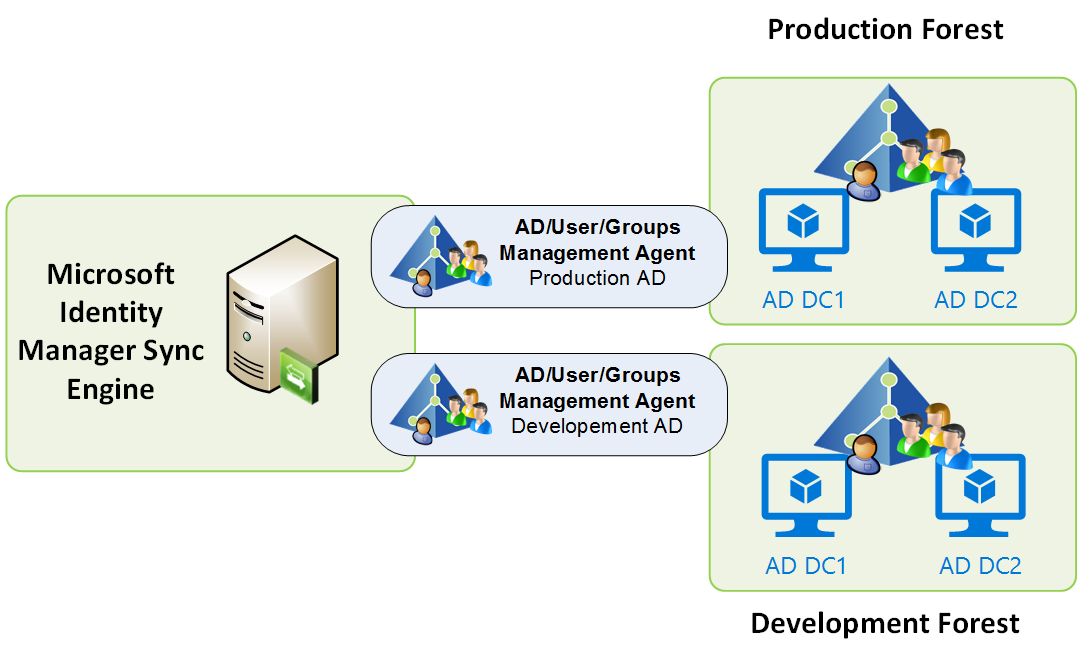Replacing the service desk with bots using Amazon Lex and Amazon Connect (Part 1)
“What! Is this guy for real? Does he really think he can replace the front line of IT with pre-canned conversations?” I must admit, it’s a bold statement. The IT Service Desk has been around for years and has been the foot in the door for most of us in the IT industry. It’s the face of IT operations and plays an important role in ensuring an organisation’s staff can perform to the best of their abilities.… [Keep reading] “Replacing the service desk with bots using Amazon Lex and Amazon Connect (Part 1)”

